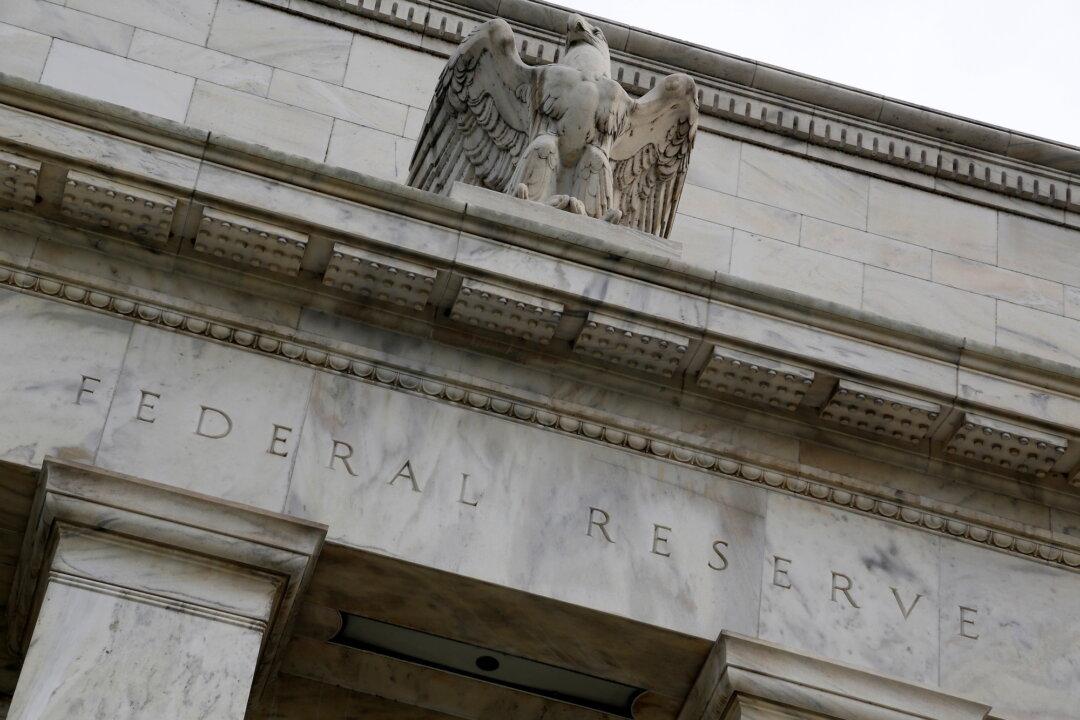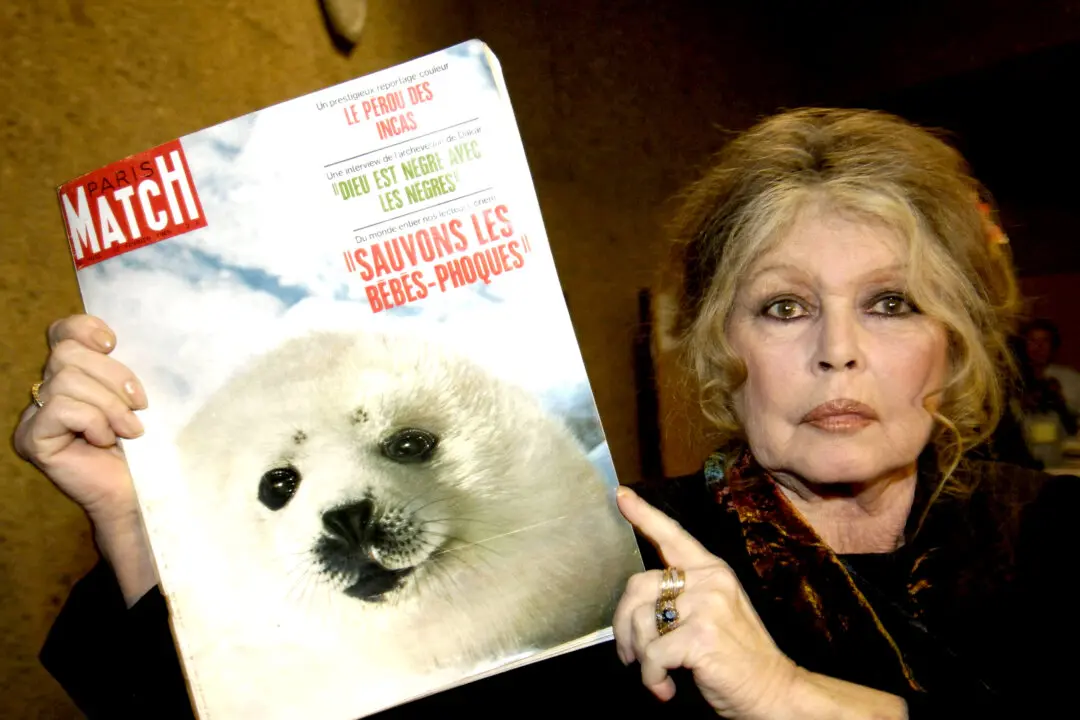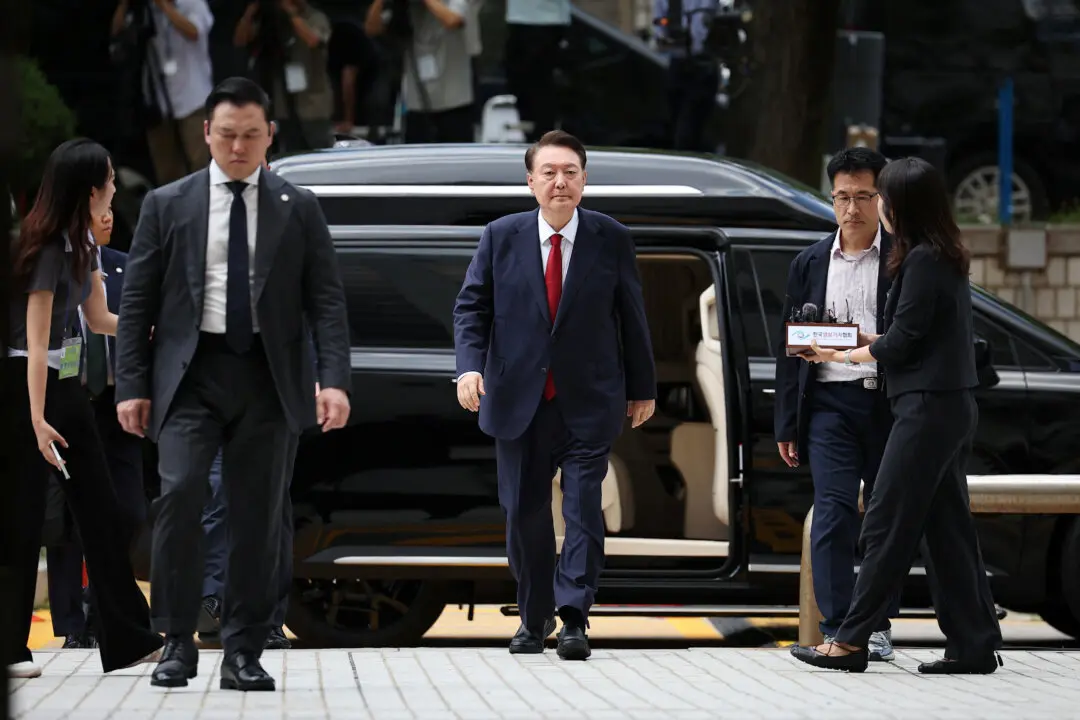Two U.S. Federal Reserve policymakers on Tuesday said that the central bank has kept pace with a planned move to reduce its bond buying program, cementing expectations the Fed will start withdrawing its crisis-era stimulus as soon as next month.
“I myself believe that the ’substantial further progress’ standard has more than been met with regard to our price-stability mandate and has all but been met with regard to our employment mandate,” Clarida said in prepared remarks to the Institute of International Finance virtual annual meeting, as he repeated that the Fed at its last meeting agreed tapering “may soon be warranted” and would likely conclude in the middle of next year.





